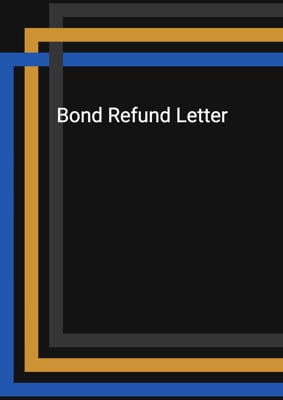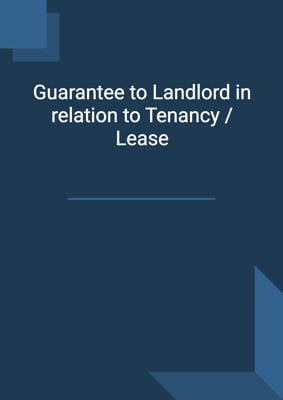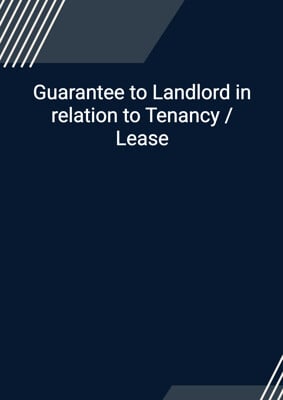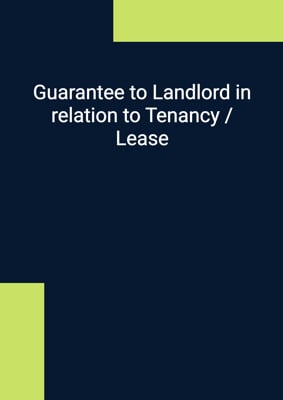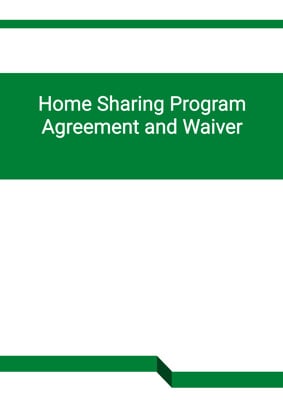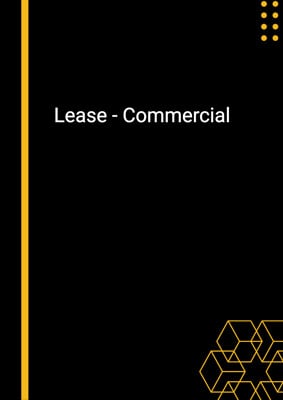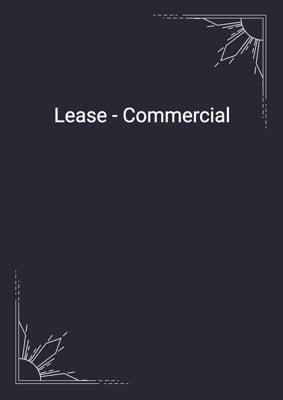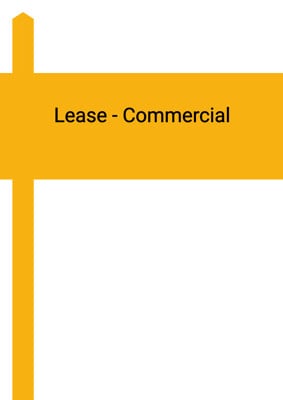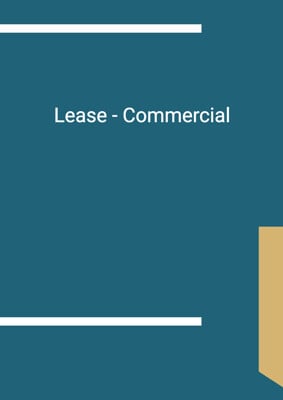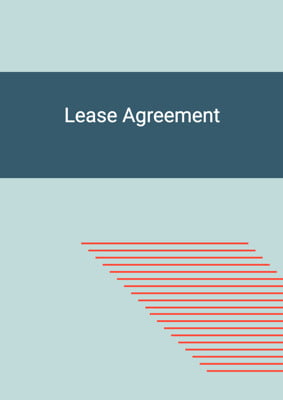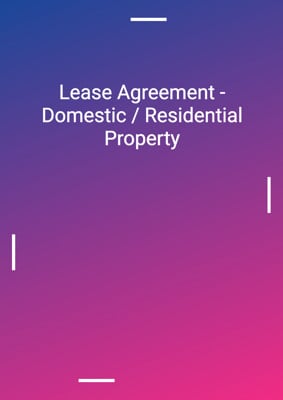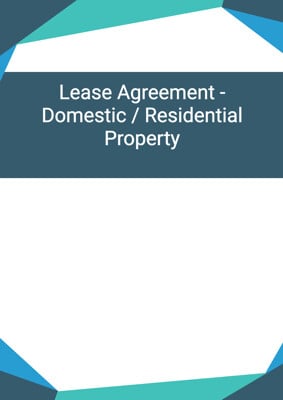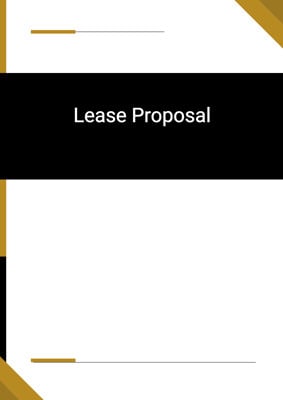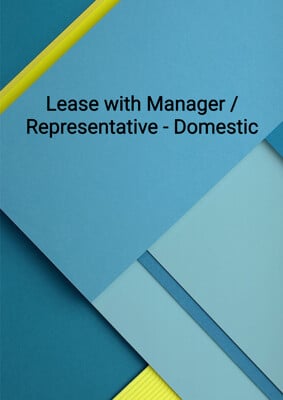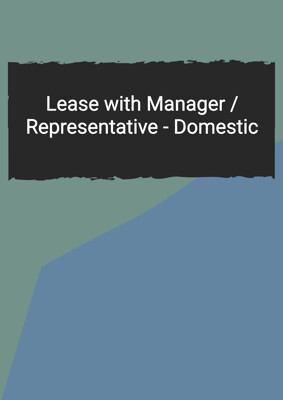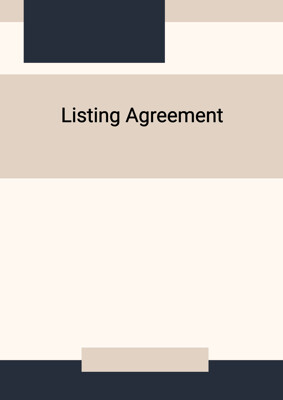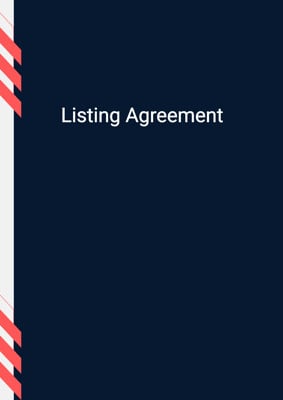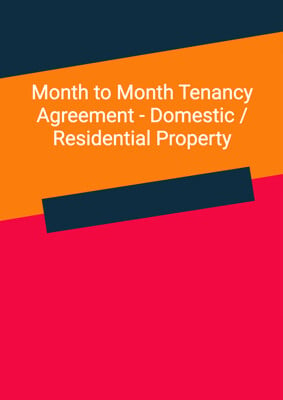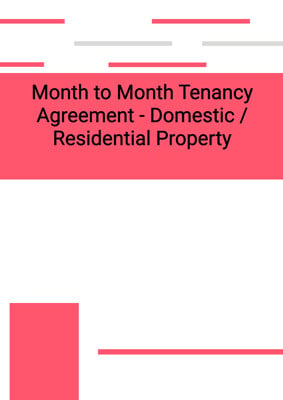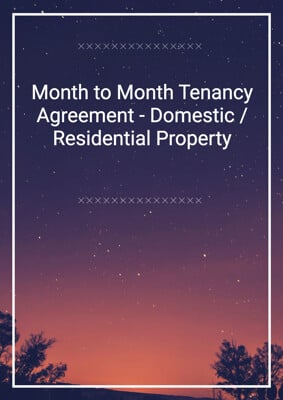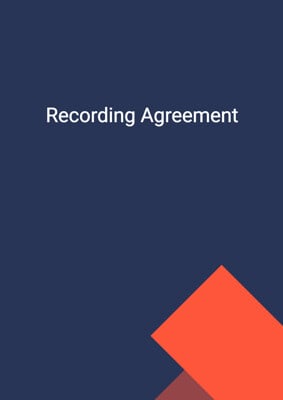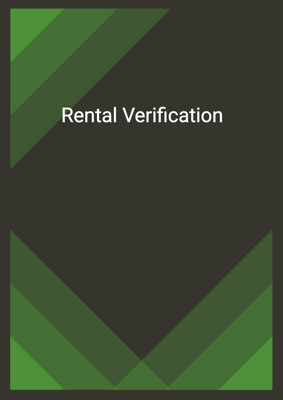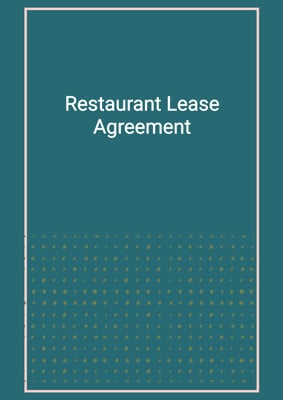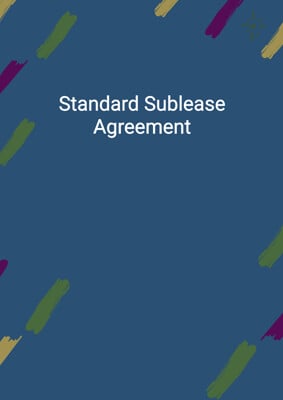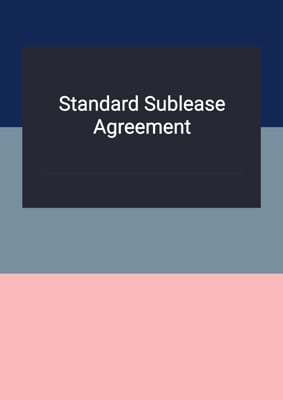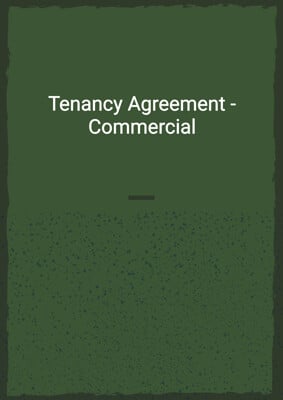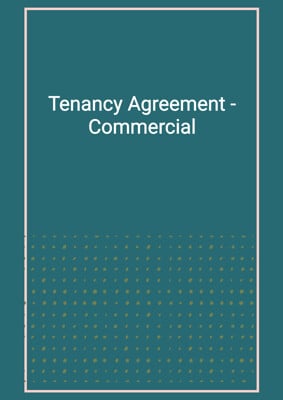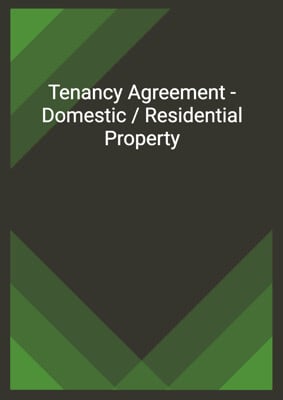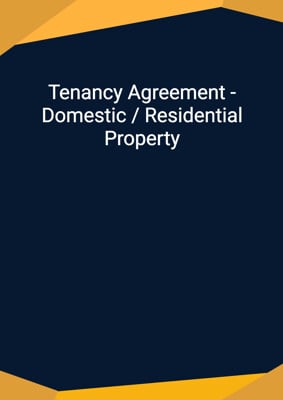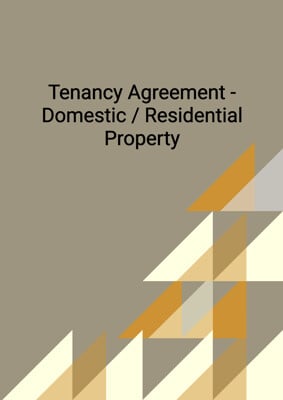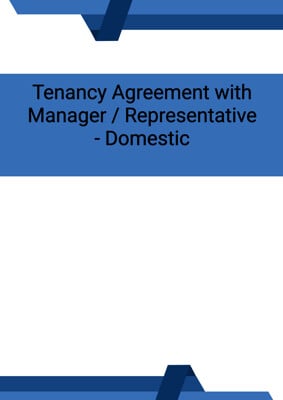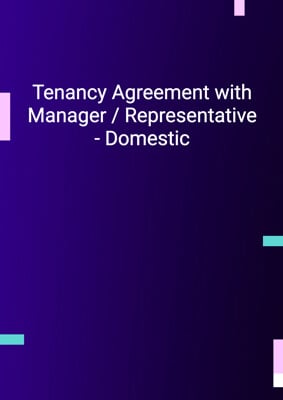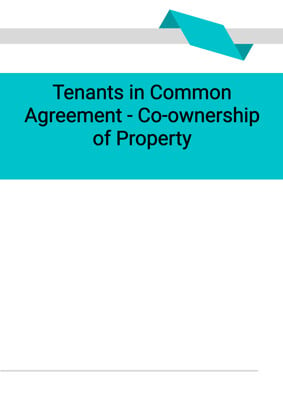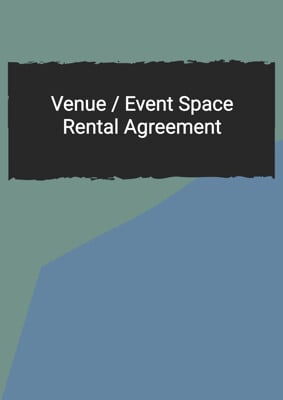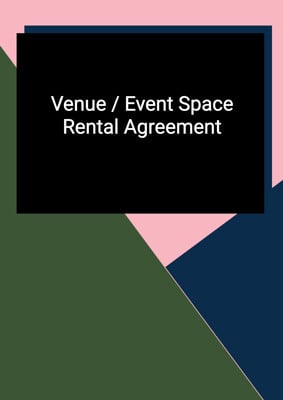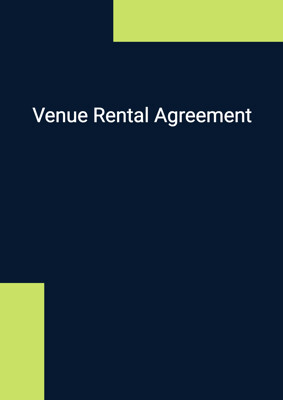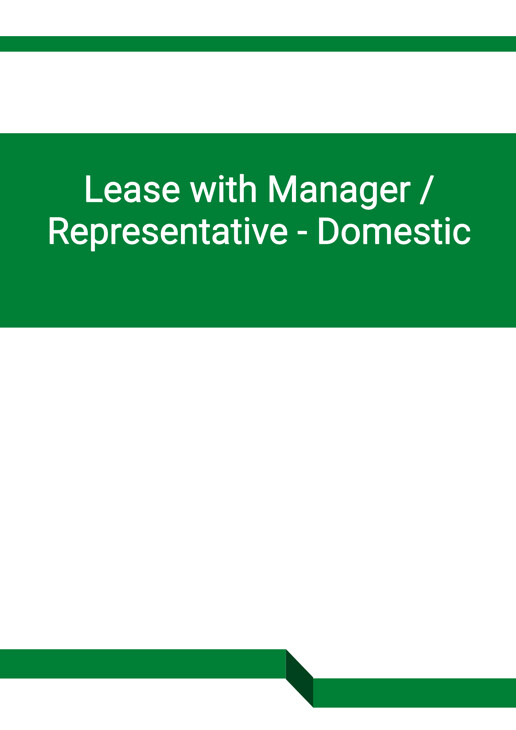
Lease with Manager / Representative - Domestic
Lessee
Lease of residential property with options on rent free period, early termination and and termination by the Lessee in case of transfer / cessation of employment (Diplomatic / Break Clause). A lease is generally over 3 years and in the form of a deed. The Lessor appoints a representative / manager to manage the property on its behalf. This is drafted in favour of the Lessee.
How to Tailor the Document for Your Need?
01
Create Document
Fill in the details of the parties. You can click the "Fill with Member’s Information" button to complete it with information saved to your account.
02
Fill Information
Please fill in any additional information by following the step-by-step guide on the left hand side of the preview document and click the "Next" button.
03
Get Document
When you are done, click the "Get Document" button and you can download the document in Word or PDF format.
04
Review Document
The document should be signed by the authorised signatory (or directors of a company) and witnessed to complete the formality.
Document Preview
Document Description
The document titled 'Lease with Manager / Representative - Domestic' is a lease agreement between the lessor (party 1), the lessee (party 2), and the representative (party 3). The document outlines the terms and conditions of the lease, including the lease of the premises, the term of the lease, the rent, the deposit, and other charges.
The document begins with a brief introduction, stating that the lessor shall let and the lessee shall take the premises for the term of the lease. It also mentions that the representative is appointed as the authorized representative of the lessor for this lease, including the collection of payments from the lessee.
The first section of the document is about the lease itself. It states that the lessor agrees to lease the premises and the furniture, fixtures, fittings, and equipment therein to the lessee for residential purposes. It also mentions the total area of the premises.
The second section of the document is about the term of the lease. It states that the premises are leased for a specific term, starting from the commencement date and expiring on the end date. It also mentions that the lessee and the lessor have the right to terminate the lease after the first break years of the term by giving a two-month written notice.
The third section of the document is about the rent. It states that the rent is payable on a period basis and includes furniture, electrical appliances, and other items and fees as listed in the schedule. It also mentions that the lessee is responsible for the charges of water, electricity, gas, telephone, and other outgoings payable in respect of the premises.
The fourth section of the document is about the deposit. It states that the lessee is required to pay a deposit within one business day after the signature of the lease. It also mentions the conditions under which the deposit may be retained or returned.
The fifth section of the document is about other charges. It states that the lessee is responsible for all outgoing charges for the use of water, electricity, telephone, internet, gas, and heating fee. It also mentions the specific payments payable in respect of the premises during the term.
The sixth section of the document is about the lessor's responsibilities. It states that the lessor is not permitted to take back the premises during the term of the contract without obtaining agreement from the lessee. It also mentions the lessor's responsibilities for estate management, maintenance of the premises, and compliance with laws and regulations.
The seventh section of the document is about the lessee's responsibilities. It states that the lessee should promptly pay the rent, deposit, and other charges. It also mentions the lessee's responsibilities for the repair and maintenance of the premises, compliance with laws and regulations, and permission for the lessor to enter the premises for repairs.
The eighth section of the document is about termination and renewal. It states the conditions under which either party can terminate the lease and the procedures for renewal.
The ninth section of the document is about premises unfit for occupation. It states the conditions under which the rent and other charges cease to be payable if the premises are rendered unfit for use or occupation.
The tenth section of the document includes miscellaneous provisions, such as the entire agreement between the parties, the validity of the lease in case of void or unenforceable provisions, waiver of breach, and the integral part of the schedule.
The eleventh section of the document states that no rights under contracts for third parties are granted.
The twelfth section of the document is about the law and jurisdiction governing the lease. It states that the document is governed by the laws of the applicable jurisdiction and that any disputes shall be resolved in the courts of that jurisdiction.
The thirteenth section of the document is about notices and service. It states the methods of giving notice and the addresses of the parties.
The document concludes with the signatures of the parties and a schedule listing the furniture and electrical appliances included in the lease.
How to use this document?
1. Enter the names and addresses of the lessor, lessee, and representative in the agreement, ensuring that all parties are clearly identified.
2. Specify the term of the lease, including the commencement date and end date. If applicable, include a break clause allowing either party to terminate the lease after a certain period.
3. Clearly describe the premises being leased, including the total area and any furniture, fixtures, fittings, and equipment included.
4. Determine the rent and specify whether it includes any additional items or fees. Also, clarify the lessee's responsibility for charges such as water, electricity, gas, telephone, and other outgoings.
5. Establish the deposit amount and the conditions under which it may be retained or returned.
6. Determine any other charges payable by the lessee, such as management fees, government rates and rent, and property tax. Specify the party responsible for each payment.
7. Outline the lessor's responsibilities, including maintaining the premises, ensuring proper estate management, and complying with laws and regulations.
8. Specify the lessee's responsibilities, such as paying rent and other charges, maintaining the interior of the premises, and complying with laws and regulations.
9. Include provisions for termination and renewal of the lease, specifying the conditions and procedures for termination and the lessee's priority to renew.
10. Address the situation where the premises become unfit for occupation, including the suspension of rent and other charges and the return of the deposit.
11. Include miscellaneous provisions, such as the entire agreement between the parties, the validity of the lease in case of void or unenforceable provisions, and the schedule as an integral part of the lease.
12. Clarify that no rights under the lease are granted to third parties.
13. Specify the governing law and jurisdiction for the lease, including the resolution of disputes in the courts of the applicable jurisdiction.
14. Provide the addresses of the parties for the purpose of giving notice, and specify the methods of giving notice.
15. Ensure that all parties sign the lease agreement and include a schedule listing the furniture and electrical appliances included in the lease.
Not the right document?
Don’t worry, we have thousands of documents for you to choose from:
